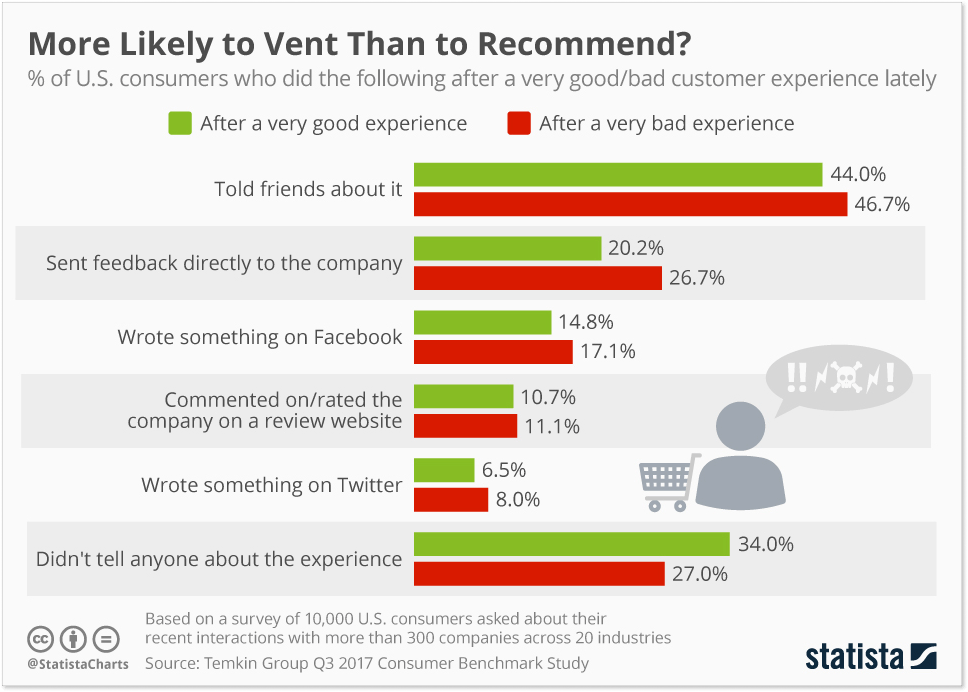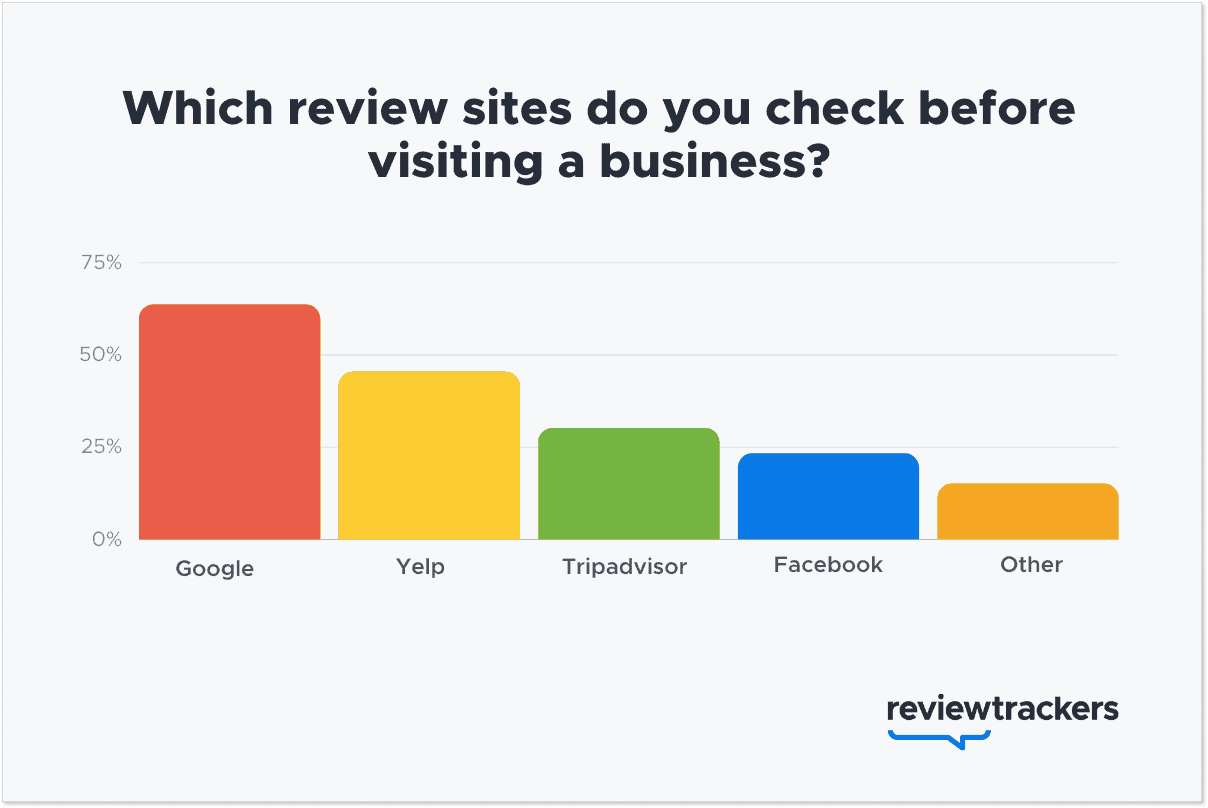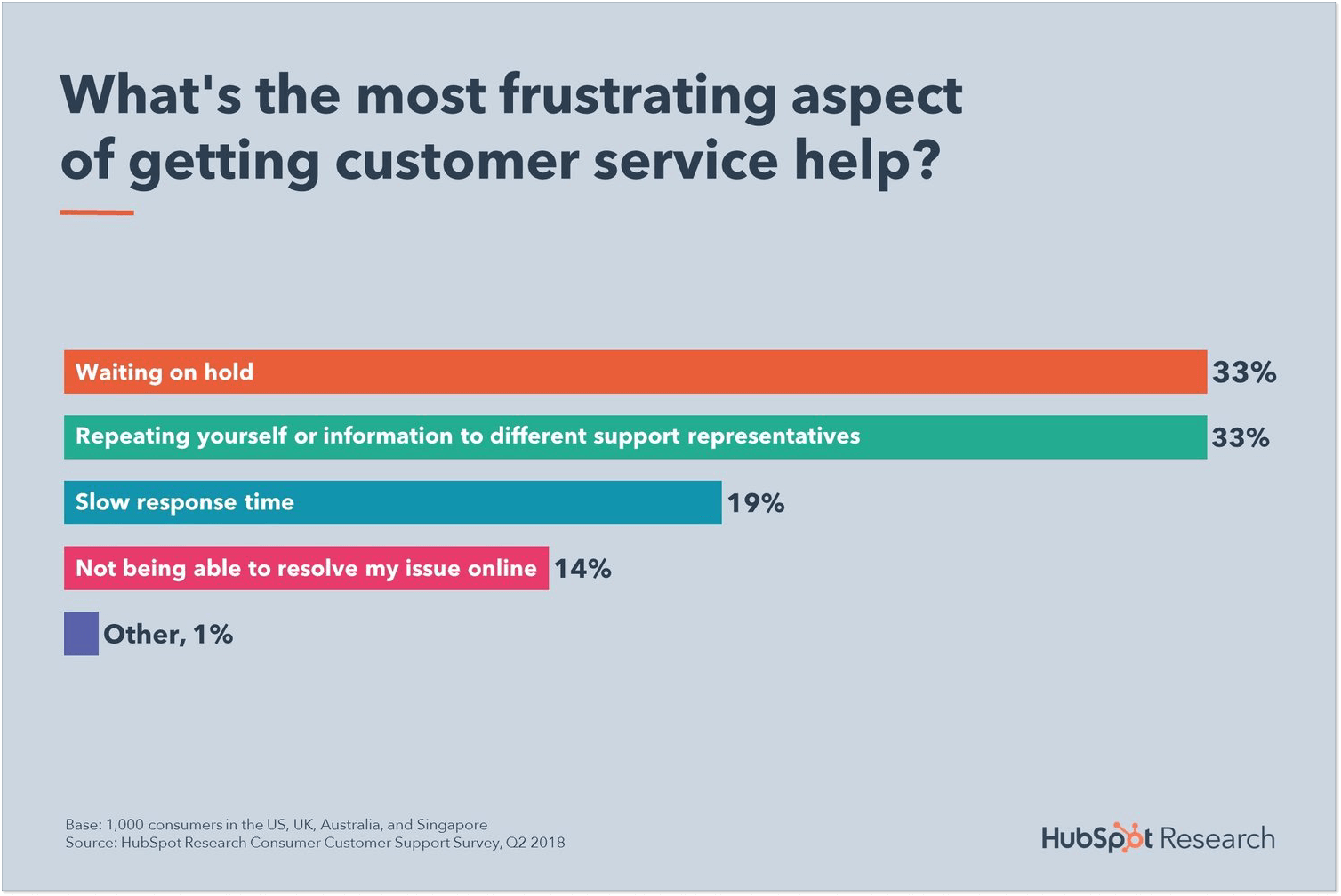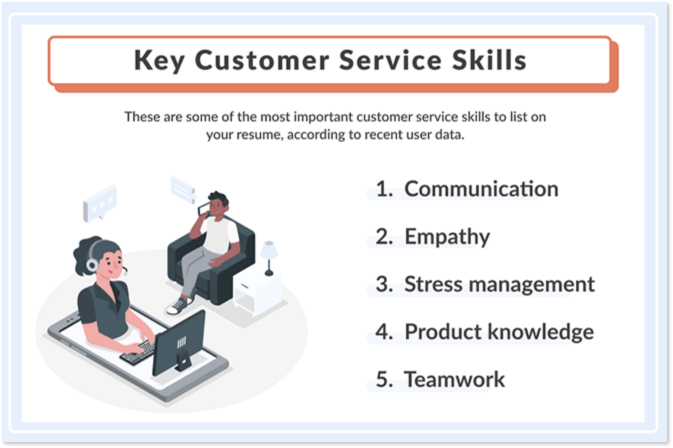The Customer is Always Right. Or are They?
Who first said that the customer is always right, and what did they mean by it? Should you follow the concept or forget it once and for all? We explain the origins of this saying and give you the long-awaited answer...
Written by Tetiana Shataieva

As a customer, I like this slogan and use it quite often when facing poor customer service. “The customer is always right” gives a strange feeling of satisfaction and empowerment. Above all, it’s a strong argument that cannot be refuted. We, as buyers, clearly understand that we bring money to the business, and it is only natural for them to try to meet our needs and expectations.
At the same time if I look at the motto from a business perspective, well… Not sure if I like this concept so much anymore. Or better to say: “It depends on the situation”. Unfortunately, not all clients are honest and decent; some may abuse our good nature.
And what about company employees? Shouldn’t their peace of mind be protected first? On top of that, Henry Ford argued that if he gave people what they wanted, he would simply sell faster horses. So, what’s the right approach here then?
In this article, we will dot the i’s and cross the t’s of this topic by looking into the origins of ‘the customer is always right’, considering all pros and cons, and finding balance.
Let’s get grooving!
Who first said: “the customer is always right”?
“The customer is always right” is a well-known principle presented by retailer Marshall Field in Chicago in September 1905. But I must admit that the origins of this phrase are arguable, and today we can’t say with 100% confidence who was the first to coin the slogan.
In different sources, you will also come across the Harry Gordon Selfridge name, an entrepreneur credited with the use and origins of the motto. Interesting fact that Selfridge worked for Field from 1879 to 1901. Both men were dynamic and creative businessmen, so no wonder they shared the same principle.
There is another name connected to the story of how ‘the customer is always right’ was born – a Swiss hotelier César Ritz. The man is famous for founding the Hôtel Ritz in Paris and the Ritz and Carlton Hotels in London. He used the slogan “Le client n’a jamais tort” in French which literally means “the customer is never wrong”.
Now, let’s figure out what these distinguished gentlemen really meant by it.
What does ‘the customer is always right’ mean?
The “customer is always right” phrase is not the ultimate truth, but a philosophy, a principle that your business can stick to or ignore. Successful entrepreneurs from the 1900s didn’t intend to say that customers actually can’t ever be wrong, but rather suggest that clients are special, and you should go an extra mile for them.
The company staff can be instructed to treat clients as if they are always right (even if they aren’t). It’s a mindset that implies that satisfying a user is the main task of all. For example, if a client is not happy with food or wine, the waiter should bring another one, no questions asked. Sometimes it’s better to take the risk of being fooled by fraud than get an image of an awful brand with rude service.
Why was this conception revolutionary in the 1900s?
Before the customer-centric approach, sellers didn’t care much about user satisfaction and tended to fool clients for the sake of a sale and then put all responsibility for a bad product on a customer, since ‘ they saw what they were buying’. As Forbes put it, “misrepresentation was rife, and “caveat emptor” was a common legal maxim”.
Nowadays, the situation looks much better. Social media gave customers a lot of power. Now, if the product is bad, dozens of millions of people will be able to learn about it online. Today a dishonest business loses not just one client, but thousands, and ruins its own reputation for years ahead.
5 legit reasons to follow the ‘customer is always right’ mindset
Truth be told, not everyone agrees with this concept. Critics insist that it encourages rude customers while putting the well-being of staff at risk. This concern would make sense if the principle had a literal meaning. Instead, we rather talk here about a client-first approach when a user and their satisfaction is a priority.
Let’s have a look at 5 strong reasons why ‘the customer is always right’ is a great concept to follow.
It gives you a competitive advantage
In the 21st century, competitive advantage is all about experience and how happy you can make your clients. Top-notch personal customer service is what users need to remember your brand and wish to come back for more.
For example, not so long ago my friend and I went to a lovely restaurant on the river coast. It was one of those lazy Sundays when you have breakfast at 11 a.m. over a relaxed conversation. We were looking forward to a redolent cappuccino and a delicious cake when suddenly a group of people occupied the table just next to us.
A company of 8 sat at a table designed for 4 guests, they were collecting chairs from all over the café and talking loudly. In a moment, a waitress came over and suggested they move to another bigger table. After that, she turned back to us and said: “I am terribly sorry for this inconvenience. Drinks on us, I hope you can still enjoy your breakfast”.
She could probably see our annoyed faces and didn’t argue or insist that it wasn’t the restaurant’s fault. Instead, she immediately offered us free drinks. This is an example of a customer-first mindset when a waiter suggested more convenient seats for other guests and offered a little bonus for us. No questions asked.
Enough said, this weekend we are planning to go back to that restaurant for dinner.
Bad news spread fast nowadays
The study shows that 62% of customers share their bad experiences with others. Imagine, over half of all unsatisfied users spread the bad word about the brand. On top of that, 13% of them will share their experience with 15 or even more people.
Look at this bar chart that compares customers’ actions after a very good and bad experience.

Disappointed customers might then go to a review site and tell others about a bad interaction with a company. In fact, 52% of respondents are more likely to share their experiences on dedicated platforms if they had negative communication with a brand.
And the impact of the reviews can be tremendous. A study by the Harvard Business School found that a one-star increase on Yelp can translate to a 5-9% increase in revenue for restaurants. It’s easy to guess that a decrease in the rating might mean a drop in revenue… Isn’t it a good enough reason to do your best to make customers happy?
Happy clients mean higher revenue
Speaking of happy customers… Today, in the era of social media and the internet, users trust reviews more than ever before. Prior to the purchase, 97% of consumers read reviews online, and 91% of them in the 18-34 age group trust them as much as recommendations from family and friends.
Here is the bar chart showing which review sites people check the most before considering a purchase:
Personally, I will never book an apartment with a rating below 4.3 and won’t pick a restaurant with a general star rating below 4. Also, when I am making my order on Amazon, I always check the rating of a provider and read what people say about the product itself. That’s just what I do and millions of other consumers around the world.
Interestingly enough, 96% of people usually look for negative reviews specifically (because they can tell us much more about the brand, right?). But the good news is that users trust the opinion of a majority much more than this one negative comment in the sea of good ones. So if you have enough good reviews, you increase the trustworthiness of your brand and protect your company from occasional negative comments.
On top of that, it leads to more sales and higher revenue as the majority of satisfied users share a positive experience with 6 or more people.
Media love talking about outstanding kind gestures from brands
Maybe sometimes you organize brainstorming sessions with your marketing department and wonder how to make magazines talk about your business. How to get this desirable media coverage so that more customers learn about your brand?
Yes, you can just pay money for publication, or maybe… maybe you can do something extraordinary for your customers, offer them service they’ve never seen before, and that’s how you make the journalists talk about you.
When I was little, I heard this phrase, and it stuck in my head forever: “If you want to be featured on TV, you have to do something extremely good, or extremely bad.” In this article, I offer you to focus on something good.
For example, have a look at this heartwarming customer service story. The Southwest Airlines employees returned a stuffed animal called Dog Dog to a little girl who was a customer of their company with her mum. The company not only returned the toy but also posted photos of a stuffed dog on their social media getting bigger coverage. This is what reporters call a top-notch customer service.
Always go an extra mile for a client and look for opportunities to make the story public along the way.
Feeling empowered makes customers want to come back for more
Another important metric for business is customer retention and customer loyalty. The happier the client is, the more the chances are that they will come back for another purchase. As you all probably heard, acquiring a new client can cost five times more than retaining an existing one. Hence, we better pay enough attention to existing customers as well.
Making sure that customers are satisfied can bring you many benefits:
Income increase. Improving customer retention by 5% can increase profits from 25-95%.
Easier to sell. The success rate of selling to a customer you already have is 60-70%, while the success rate of selling to a new customer is 5-20%.
Forgive mishaps. Loyal customers are 5x more likely to forgive any inconveniences that might pop up.
More referrals. Another positive outcome if you keep your clients happy, they are 4x more likely to refer your brand to other people.
Tips on how to always put the client first
The ‘customer is always right’ concept put the client at the center of a business. It means that you always provide the best service, treat users as your precious people, apologize sincerely when a client is upset, offer free perks to make amends, no questions asked except returns, and provide replacements. You are just the most excellent brand a customer can ask for.
But what else does it mean to put a client first? How to build a business where a user is your priority?
Make empathy your daily tool
To serve the customer’s needs you should first learn what those needs are about. Empathy is a tool that can help you to gain that knowledge. It seems like every company is aware of this trick and yet 64% of US consumers feel that companies have lost touch with the human element of the customer experience.
Being empathetic means reading a customer’s emotions well, understanding the causes of these emotions, and finding the right words to make it better. If you’re wondering how empathetic you are, take this quiz by Berkeley and see a result right away. My score is 84 out of 110. Good, but there is still room for improvement…
In case your empathy level is lower than you’d wish for, no worries! You can train this skill and get better over time. Here are some of the recommendations:
- Listen to people carefully without interrupting.
- Pay attention to nonverbal communication especially if you work with people offline or on video.
- Try to be less categorical if you encounter people you don’t agree with.
- Ask more questions to understand the other person’s perspectives.
- Imagine yourself being in another person’s shoes.
- Look for similarities between you and other people (we are all the same at the core).
- Allow yourself to be vulnerable and fragile at times.
Pay attention to empathy as 96% of consumers view it as an important element in customer support interactions.
Make customer experience effortless
Customer experience is every interaction that a client has with your brand. It starts with a simple ads banner, website, social media page, and goes through a first conversation, live chat messages, or a phone call.
Usually, if you communicate with customers online, it involves a few communication channels like email, live chat, social media, and phone support. This is where some companies face difficulties when they need to provide continuous support throughout all these platforms at the same time. Customer details like chat history, user path, and contact information can get lost in the process. As a result, a person has to repeat the same information over and over again.
Now, let’s look at what irritates users the most in customer service. This is a starting point to understand how to make it more effortless…
The answer to all these frustration causes can be a customer communication platform that ensures that all chats end up in a single shared inbox. The tool allows you to access user details at any point of the conversation, check the chat history, and user path, leave notes (visible only to other support agents), and more.
I can suggest giving a try to the HelpCrunch customer support platform with a modern design live chat, chatbot, social media integrations, and a knowledge base tool for self-service. This is a great way to improve your customer experience.
Hire the right people and keep them happy
If you decide to adopt the ‘customer is always right’ concept, it’s important to hire support reps who share the same values. How to find such people? First, make your customer service policy clear in the job description and also during the interview. Second, offer psychological tests or other ways to validate if this person is empathetic and customer-oriented.
Here are the top-3 qualities of a successful customer manager:
- Friendliness. You are looking for someone who genuinely cares about people and wants to help them by sharing knowledge and expertise.
- Problem-solving capabilities. As a support agent, this person will face numerous challenges that they need to solve on a daily basis, it’s essential to find someone with a ‘can-do’ attitude.
- Empathy. We’ve touched upon it and are ready to do that again, as it’s the main quality for a great customer success manager. Often when things go south, a dose of care, concern, and understanding can make all the difference.
If you are a customer support specialist yourself, make sure to train these skills as employers appreciate them the most in this job.
In this paragraph, I also want to talk about ways to keep your customer service staff happy. Wonder why is it so important? A satisfied employee is more motivated to provide excellent service. According to Gallup, companies that have happier employees show 147% higher earnings per share than their competitors.
- Encourage cross-training. It’s a way of internal knowledge sharing when employees exchange tips and tricks on how to deal with different customer compliance.
- Create a supportive environment. Each employee should know that they can always count on their co-workers when seeking answers or mental support.
- Collect feedback. Once a month provide 1–1 sessions with employees to keep track of their current challenges and improvement ideas.
- Offer learning opportunities. Growing is a basic human need, so let your service staff expand their skills by offering continuing education opportunities.
Feedback, please!
To make customers feel that they are always right requires you to first find out what they think. So don’t waste your time and ask clients what they have to say about your product/service/customer experience.
Once you know their opinion, act on it and highlight the changes on social media. Seeing your advice being noted and implemented will make a user feel special and scream “I told you so!”.
According to Survey Monkey research, 85% of customers will like to give their feedback when their experience went well with the brand or company, and 81% will give feedback when their experience went bad.
Finding balance: what if the customer is not always right?
While you should try to offer the best service to all of your customers, the truth is you can’t please everyone. And you shouldn’t. Instead, focus on those who are your perfect customers and work with them. As Kevin Kelly explained, you don’t need millions of customers to be successful. You need thousands of true fans.
But are there any reasons why customers are not always right?
Apart from cases when users just make wrong decisions due to lack of knowledge and need your guidance for their own benefit, some people are simply rude, offensive, or clear frauds, and definitely don’t fall under your target audience category.
What should your strategy be then?
Stay polite
Try to remain genuine and helpful. Make sure to not talk down to the client and help them understand the proper solution to their problem.
Identify the problem
Often a customer faces an issue because they don’t understand how your product works, hence, they make wrong assumptions. First, ask questions and let a user speak. Then identify the cause of the problem.
Point toward a solution
When you understand that a customer was wrong, it’s important not to point fingers but to offer a solution. No one likes to feel a fool, so avoid stressing the user’s incompetence.
Improve your customer experience
The times when a user is wrong can give you a hint about further ways of improvement. These people are ready to share their honest feedback about your business. Listen carefully and improve where you think is necessary.
When to let go
Some customers just can’t be satisfied. They might make baseless charges, unreasonable ask to cut the price or be rude to your employees. Usually, the way you choose to handle the situation depends on how valuable you find this customer. But there are cases when even the most valuable client behaves in a way that is unacceptable and that’s when you should let them go.
Thus, even a famous comedian and show host James Corden, was banned from a New York restaurant Balthazar in response to him being ‘extremely nasty’ to staff. But in this case, the story had a happy ending, as Corden apologized afterward and the ban was lifted.
Conclusion
‘The customer is always right’ is a business approach that puts your clients at the center of all business decisions and day-to-day service. Any person loves to feel special and that’s how you can give your users this pleasant feeling.
Satisfied customers share their positive experiences, recommend your brand to friends and become loyal clients. Ask yourself, is it something you are willing to adopt at your company? If yes, pay close attention to our recommendations and arm yourself with a reliable tool 😉








